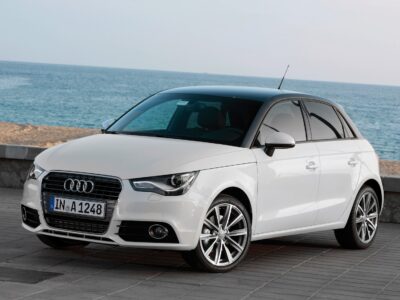
Nissan Juke vs Toyota C-HR: Complete Comparison of Specs, Performance, Efficiency, Space, and Cost
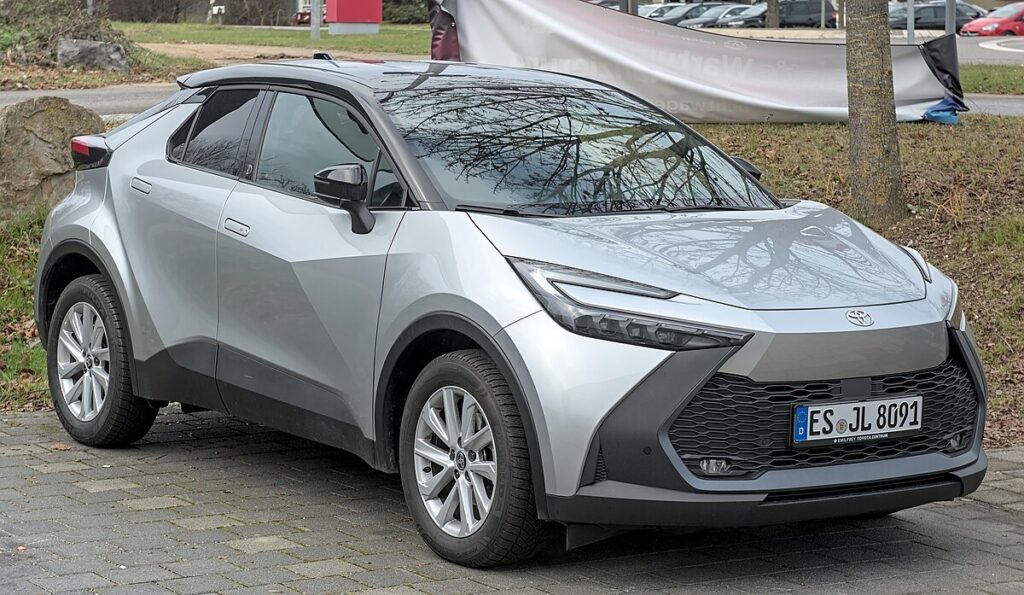
- Overview: Nissan Juke or Toyota C-HR – Which SUV Fits You Better?
- Dimensions and Road Presence
- Luggage Capacity and Practical Space
- Powertrain Lineup and Performance
- Transmission and Drivetrain Technology
- Fuel Consumption, Battery, and Running Costs
- Price Positioning and Budget Impact
- Cabin Experience and Interior Technology
- Everyday Usability and Comfort
- CO₂ Classes and Environmental Positioning
- Target Driver Profiles (Who Should Choose Which?)
- Nissan Juke Technical Summary (Key Specs)
- Toyota C-HR Technical Summary (Key Specs)
- Final Verdict
Overview: Nissan Juke or Toyota C-HR – Which SUV Fits You Better?
We compare the Nissan Juke and the Toyota C-HR in depth: power output (up to 143 HP vs up to 223 HP), boot capacity (422 L vs 447 L), fuel consumption (from 4.7 L/100 km vs from 0.8 L/100 km equivalent in plug-in hybrid mode), and starting price (26,600 € vs 34,600 €). We also look at size, driving tech, hybrid systems, everyday usability, and running costs.
This guide shows exactly where each SUV wins.
 Are Nissan Juke Reliable? The Ultimate Reliability and Maintenance Guide (2025 Edition)
Are Nissan Juke Reliable? The Ultimate Reliability and Maintenance Guide (2025 Edition)Dimensions and Road Presence
Nissan Juke Dimensions
- Length: 4,210 mm
- Width: 1,800 mm
- Height: 1,593 mm
- Kerb weight: 1,274 – 1,405 kg
- Doors / Seats: 5 / 5
Toyota C-HR Dimensions
- Length: 4,362 mm
- Width: 1,832 mm
- Height: 1,558 – 1,564 mm
- Kerb weight: 1,505 – 1,755 kg
- Doors / Seats: 5 / 5
Size Analysis
- The Toyota C-HR is longer (+152 mm) and wider (+32 mm). That extra footprint translates into more cabin presence and more rear comfort.
- The Nissan Juke is taller in stance, which helps with visibility in traffic and gives that “sit high” SUV feeling.
- Weight matters: the Juke is significantly lighter. This benefits low-speed agility, parking, and manoeuvrability in dense urban areas.
Luggage Capacity and Practical Space
Boot Space (Seats Up)
- Nissan Juke: 354 – 422 litres
- Toyota C-HR: 350 – 447 litres
What This Means
- Both are genuinely usable daily-family crossovers, not just style pieces.
- Juke reaches up to 422 L, which is strong for its class given its shorter body.
- C-HR goes up to 447 L, so it can swallow more weekend luggage when specified in its most cargo-friendly configuration.
- If you carry pushchairs, sports bags, or camera/storage gear, the C-HR offers a slight edge in absolute capacity.
- If you mainly drive solo or in pairs and want compact footprint + still respectable boot space, the Juke delivers a strong balance of size vs practicality.
Powertrain Lineup and Performance
Nissan Juke Engine Options
- Petrol (1.0 DIG-T):
- Power: 114 HP
- Cylinders: 3
- Gearbox: manual or dual-clutch automatic
- 0–100 km/h: ~10.1 – 11.8 s
- Top speed: 166 – 180 km/h
- Combined fuel use: approx. 5.8–6.0 L/100 km depending on spec
- Full Hybrid (1.6 Full Hybrid):
- Power: 143 HP
- Cylinders: 4
- Gearbox: automatic
- 0–100 km/h: ~10–11 s
- Top speed: up to 180 km/h
- Combined fuel use: from 4.7 L/100 km
- CO₂: from 107 g/km
Toyota C-HR Engine Options
- Full Hybrid:
- Power: ~140+ HP
- Cylinders: 4
- Transmission: automatic CVT
- Drivetrain: front-wheel drive or available all-wheel drive
- 0–100 km/h: ~9.9 s
- Top speed: ~175 – 180 km/h
- CO₂: from 115 g/km down to very low values depending on spec
- Plug-in Hybrid:
- Power: up to 223 HP
- Transmission: automatic CVT
- Drivetrain: typically front-wheel drive (AWD also offered in hybrid variants)
- 0–100 km/h: from 7.4 s
- Official combined consumption: as low as 0.8 L/100 km (thanks to electric running)
- Electric-only range: up to 68 km
- CO₂: from 17 g/km
Acceleration and Real-World Pace
- Juke is tuned for balanced urban response, not outright speed.
- C-HR Plug-in Hybrid is genuinely quick for this segment. A 7.4 s 0–100 km/h sprint puts it in “hot-hatch torque surge” territory.
Transmission and Drivetrain Technology
Nissan Juke
- Manual gearbox available on petrol engines.
- Dual-clutch automatic (DCT) offered, delivering fast, efficient shifts without the rubber-band feel of some CVTs.
- Front-wheel drive across the range.
- This setup appeals to drivers who still want a manual or a sporty-feeling DCT without going premium.
Toyota C-HR
- Automatic only.
- CVT-based hybrid system prioritises smoothness and fuel efficiency.
- Available with front-wheel drive or with all-wheel drive (in selected hybrid variants), giving more traction in poor weather or on wet/uneven roads.
- This is attractive if all-season stability matters.
Fuel Consumption, Battery, and Running Costs
Nissan Juke Efficiency
- Fuel consumption: 4.7 – 6.0 L/100 km depending on engine
- Fuel tank: 46 L
- Hybrid battery capacity: approx. 0.60 kWh (self-charging hybrid)
- CO₂ output: 107 – 136 g/km
- No plug-in charging; you refuel with petrol like normal.
Toyota C-HR Efficiency
- Fuel consumption (full hybrid): 5.1 L/100 km or better, depending on tune
- Fuel consumption (plug-in hybrid): as low as 0.8 L/100 km in official testing because it can run on electricity alone for short trips
- Electric-only range (plug-in hybrid): up to 68 km
- Fuel tank: 43 L
- CO₂ output: as low as 17 g/km in plug-in configuration
- For short commutes, many daily journeys can be completed largely on electric drive, drastically cutting petrol usage.
Running Cost Positioning
- Juke Hybrid is efficient without charging cables. It suits drivers who just want to fill up and go.
- C-HR Plug-in Hybrid is built for drivers who can recharge at home or work and want to slash fuel bills.
Price Positioning and Budget Impact
Nissan Juke Pricing
- From ~26,600 €
- Upper end around ~35,700 € depending on spec and equipment
Toyota C-HR Pricing
- From ~34,600 €
- Upper end around ~50,800 € for high-output plug-in hybrid versions with advanced tech
Value Analysis
- The Juke undercuts the C-HR by several thousand euros at entry level.
- Even a well-equipped Juke Hybrid often sits below the cost of a mid/high-spec C-HR.
- The C-HR asks more but returns more performance headroom, more tech capability, and the possibility of near-electric commuting.
Cabin Experience and Interior Technology
Nissan Juke Interior Focus
- Bold, youthful design language that mirrors the exterior
- Driver-centric cockpit feel
- Intuitive physical controls for core functions, which many daily drivers still prefer
- Strong sense of personality, highly customisable look and trim
- Taller cabin profile helps deliver that upright “SUV feel” and good forward visibility
Toyota C-HR Interior Focus
- Sophisticated, almost coupe-like environment
- High-tech safety and driver-assistance systems baked in at a very mature level
- Seamless integration of infotainment, connectivity, and driver aids
- Feels more premium and more “grown up,” especially in higher trims
Everyday Usability and Comfort
Nissan Juke Everyday Strengths
- Compact exterior footprint + light weight = easy to park, easy to place in traffic, confidence in narrow streets
- Ride height and visibility boost driver confidence in urban environments
- Practical boot for its size (up to 422 L), enough for groceries, luggage, light gear
- Manual gearbox option for drivers who still want that mechanical engagement
Toyota C-HR Everyday Strengths
- Cabin width and length give passengers a bit more room, especially in the back
- More boot volume in certain trims (up to 447 L) for family travel or bulk shopping
- Available all-wheel drive improves stability in bad weather and light adventure scenarios
- Plug-in variant offers silent electric starts, low-vibration city driving, and instant torque
CO₂ Classes and Environmental Positioning
Nissan Juke
- CO₂ efficiency classes reported as D, E, C depending on configuration
- Hybrid version significantly improves efficiency and emissions compared to the pure petrol units
Toyota C-HR
- CO₂ efficiency classes reported as C, B in its latest forms
- Plug-in hybrid versions achieve extremely low tailpipe CO₂ figures thanks to electric-only capability
This matters if you drive in cities with emissions-based taxation, clean-air zones, or company-car benefit rules that reward lower CO₂.
You may be interested in reading Are Nissan Juke Reliable? The Ultimate Reliability and Maintenance Guide (2025 Edition)
Are Nissan Juke Reliable? The Ultimate Reliability and Maintenance Guide (2025 Edition) Best Nissan Juke Alternatives: 12 Compact SUVs Worth Considering in 2025
Best Nissan Juke Alternatives: 12 Compact SUVs Worth Considering in 2025Target Driver Profiles (Who Should Choose Which?)
Nissan Juke: Ideal Buyer Profile
We recommend the Nissan Juke if you:
You may be interested in reading Are Nissan Juke Reliable? The Ultimate Reliability and Maintenance Guide (2025 Edition)
Are Nissan Juke Reliable? The Ultimate Reliability and Maintenance Guide (2025 Edition) Best Nissan Juke Alternatives: 12 Compact SUVs Worth Considering in 2025
Best Nissan Juke Alternatives: 12 Compact SUVs Worth Considering in 2025 Is the Nissan Juke a Good First Car? A Complete UK Buyer’s Guide
Is the Nissan Juke a Good First Car? A Complete UK Buyer’s Guide- Want a more affordable entry price
- Prefer a compact, agile SUV that’s easy in tight city streets
- Like having a manual gearbox or a snappy-feeling dual-clutch automatic
- Want distinctive styling and a higher seating position without committing to a large footprint
- Are comfortable with front-wheel drive and do not need all-wheel drive capability
Toyota C-HR: Ideal Buyer Profile
We recommend the Toyota C-HR if you:
- Want maximum efficiency and the option of plug-in hybrid tech
- Like the idea of driving most weekdays on near-electric power (up to ~68 km EV range in the plug-in variant)
- Value stronger acceleration (as quick as 7.4 s 0–100 km/h) and up to 223 HP
- Need slightly more cargo flexibility (up to 447 L) and rear passenger comfort
- Are willing to invest more upfront to access premium tech, refinement, and (in some configurations) all-wheel drive
Nissan Juke Technical Summary (Key Specs)
- Body style: SUV
- Seats / Doors: 5 / 5
- Model year: 2024
- Engines: petrol / full hybrid
- Power: 114 – 143 HP (84 – 105 kW)
- Cylinders: 3 or 4
- Displacement: 999 – 1,598 cm³
- Gearboxes: manual, dual-clutch automatic, conventional automatic on hybrid
- Driven wheels: front-wheel drive
- 0–100 km/h: 10.1 – 11.8 s
- Top speed: 166 – 180 km/h
- Fuel use: 4.7 – 6.0 L/100 km
- CO₂: 107 – 136 g/km
- Fuel tank: 46 L
- Boot capacity: 354 – 422 L
- Length / Width / Height: 4,210 / 1,800 / 1,593 mm
- Payload capacity: 405 – 427 kg
- Kerb weight: 1,274 – 1,405 kg
- CO₂ efficiency class: D, E, C
- Price range: ~26,600 € – 35,700 €
- Brand: Nissan
Toyota C-HR Technical Summary (Key Specs)
- Body style: SUV
- Seats / Doors: 5 / 5
- Model year: 2024 – 2025
- Engines: full hybrid / plug-in hybrid
- Power: 140 – 223 HP (103 – 164 kW)
- Cylinders: 4
- Displacement: 1,798 – 1,987 cm³
- Transmission: automatic CVT
- Driven wheels: front-wheel drive or all-wheel drive (depending on variant)
- 0–100 km/h: 7.4 – 9.9 s
- Top speed: 175 – 180 km/h
- Fuel use (hybrid): ~5.1 L/100 km
- Fuel use (plug-in hybrid): from 0.8 L/100 km (with regular charging)
- Electric-only range (plug-in hybrid): up to 68 km
- CO₂: 17 – 115 g/km
- Fuel tank: 43 L
- Boot capacity: 350 – 447 L
- Length / Width / Height: 4,362 / 1,832 / 1,558–1,564 mm
- Payload capacity: 375 – 425 kg
- Kerb weight: 1,505 – 1,755 kg
- CO₂ efficiency class: C, B
- Price range: ~34,600 € – 50,800 €
- Brand: Toyota
Final Verdict
- Choose the Nissan Juke if you want standout styling, a taller driving position, a lighter and more compact body for city life, access to both manual and dual-clutch automatic gearboxes, and a significantly lower entry price. Its hybrid version delivers genuinely respectable efficiency (from 4.7 L/100 km) without asking you to ever plug in.
- Choose the Toyota C-HR if you want next-level hybrid technology, the option of a plug-in hybrid with up to 223 HP and rapid acceleration, the ability to cover short trips almost fully on electric power, slightly more usable rear space and boot volume, available all-wheel drive, and a premium-feeling interior. It costs more, but it also gives more in performance headroom, tech depth, and long-term efficiency potential.
In simple terms: the Juke is the smart-money urban crossover with personality; the C-HR is the tech-loaded efficiency weapon that can replace a traditional petrol car for a lot of daily driving.
If you want to know other articles similar to Nissan Juke vs Toyota C-HR: Complete Comparison of Specs, Performance, Efficiency, Space, and Cost you can visit the category Blog.
Deja una respuesta

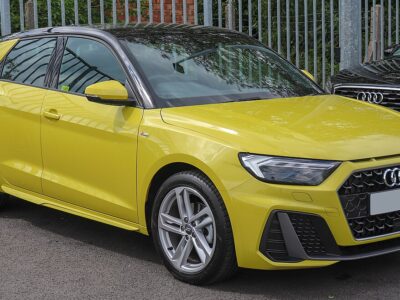
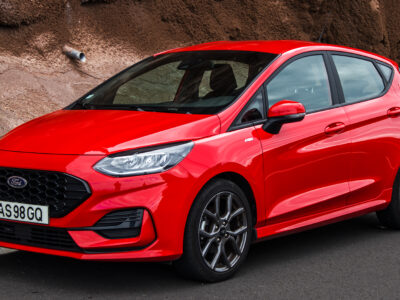
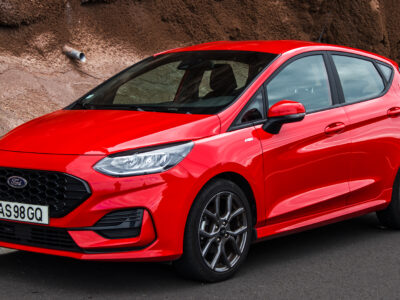
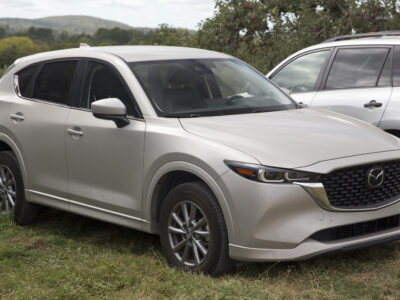
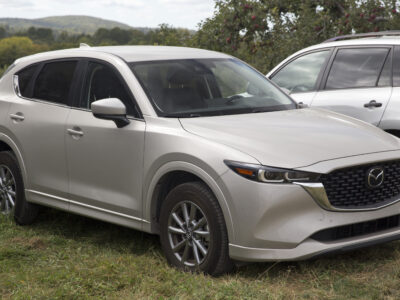
More content of your interest